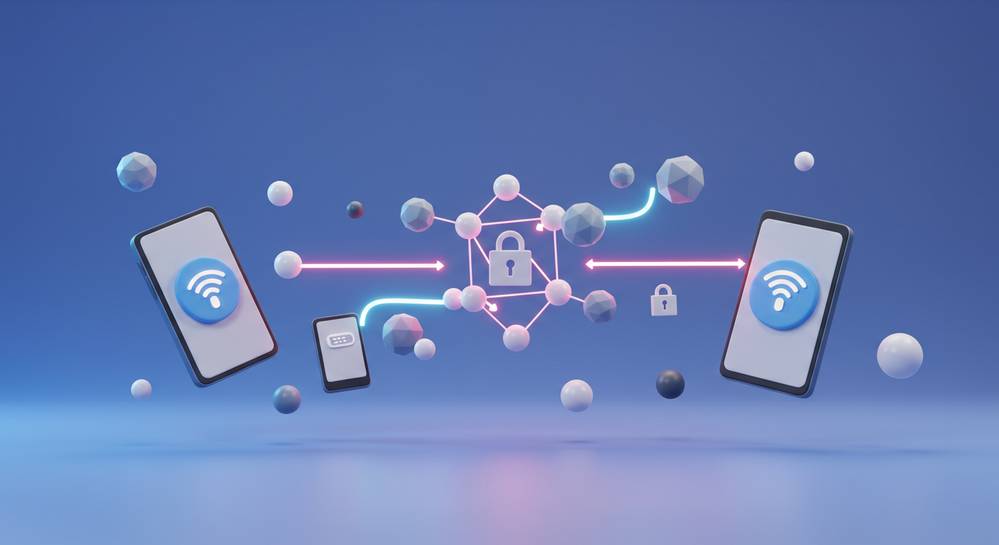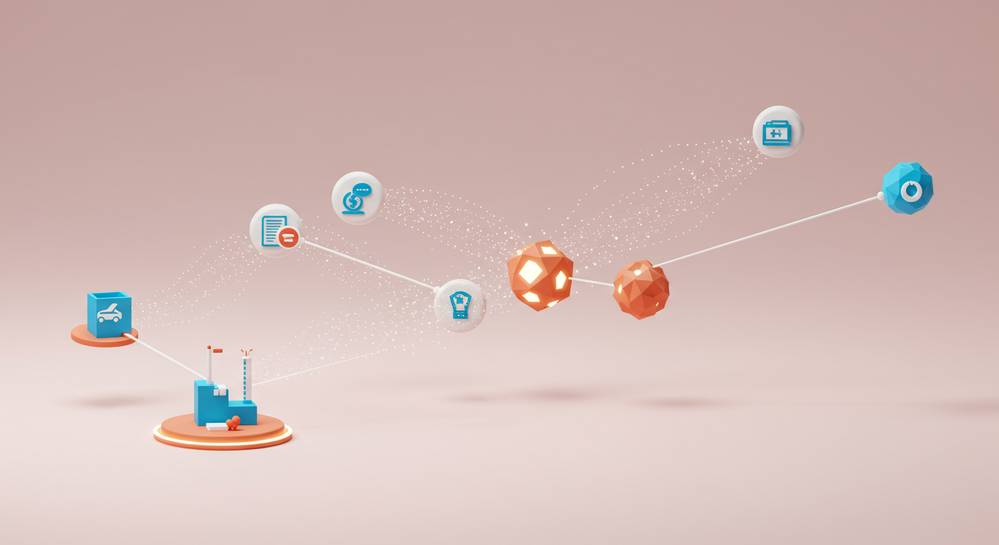The digital world is expanding rapidly, with billions of smart devices connecting through the Internet of Things (IoT). While this connectivity offers incredible convenience, it also presents significant security risks. The integration of blockchain and internet of things offers a groundbreaking solution, creating a decentralized, transparent, and immutable framework to secure data and automate trust between machines, fundamentally changing how we interact with technology.
Understanding the synergy between blockchain and IoT

How blockchain and the internet of things create a secure future
The Internet of Things (IoT) represents a massive network of connected physical devices. These devices, from smart home gadgets to industrial sensors, constantly exchange data. However, the primary challenge for IoT is its traditional centralized architecture. This model creates single points of failure, making it highly vulnerable to cyberattacks and data breaches. A single compromised server can jeopardize the entire network, compromising user privacy and operational integrity.
Blockchain offers a robust solution by fundamentally changing this architecture. As a distributed ledger technology, it records transactions in a secure, transparent, and immutable manner across many computers. By integrating blockchain and internet of things, we overcome IoTs inherent weaknesses. This powerful synergy creates a decentralized, trustless environment where data integrity is guaranteed. It paves the way for truly autonomous systems that can operate without a central intermediary.
Key benefits of integrating blockchain with IoT

Combining blockchain and internet of things networks unlocks transformative advantages that address critical vulnerabilities. This integration fundamentally re-architects how devices interact and share information, moving beyond simple data logging. It creates a more secure, efficient, and autonomous ecosystem. The core benefits stem from decentralization and cryptographic security, which together build a foundation of trust where it previously did not exist.
- Enhanced Security: Blockchain decentralizes IoT networks, eliminating the single points of failure that make traditional systems vulnerable. Data is encrypted and distributed, making it nearly impossible for attackers to compromise the entire system.
- Greater Trust and Transparency: Every data exchange between devices is recorded on an immutable ledger. This creates a permanent, tamper-proof audit trail that all authorized participants can view, fostering unprecedented trust.
- Improved Data Integrity: Information recorded from an IoT device cannot be altered or deleted without detection. This ensures data accuracy, which is critical in sectors like supply chain management and healthcare.
- Autonomous Operations: Smart contracts automate interactions between IoT devices without intermediaries. This allows for self-executing agreements, such as a machine automatically ordering parts, protecting digital deals with smart contracts.
Real world applications and industry use cases

The theoretical benefits of combining blockchain and IoT translate into powerful real-world applications. These use cases are already transforming industries by creating more efficient, secure, and transparent processes. The synergy between blockchain and internet of things is unlocking new operational models that were previously impossible, building trust in automated systems.
Supply chain and logistics
In supply chain management, IoT sensors track a products journey in real-time. They monitor location, temperature, and other vital conditions. By recording this data on a blockchain, all stakeholders get a single, immutable record. This prevents fraud, confirms authenticity, and ensures compliance with handling standards from factory to consumer.
Smart homes and real estate
Blockchain secures the vast network of devices in a modern smart home. It manages access permissions for locks, cameras, and thermostats, preventing unauthorized access. Smart contracts can also automate rental agreements. This allows for secure, keyless entry for tenants and automated rent payments without intermediaries.
Healthcare industry
Wearable IoT devices continuously collect sensitive patient health data. Storing this information on a blockchain ensures it remains private and tamper-proof. The undefined allows patients to grant temporary access to doctors, maintaining full control over their personal data.
Challenges and the future of blockchain IoT
Despite its immense potential, the widespread adoption of blockchain and internet of things integration faces several technical hurdles that must be addressed. The primary obstacle is scalability. Legacy blockchains can only process a limited number of transactions per second, which is insufficient for the constant data stream from billions of IoT devices. To solve this, developers are creating more efficient consensus mechanisms and Layer-2 solutions that can handle higher throughput without sacrificing core security.
Another major concern is the computational and storage cost required to operate a full blockchain node. These resource demands are often too high for small, low-power IoT devices. Lightweight protocols are being explored to make the technology more accessible for these constrained environments. Finally, a lack of standardization among different blockchain platforms and IoT hardware creates significant interoperability gaps. Overcoming these challenges is essential. The future of this synergy will likely involve hybrid models and industry-specific standards, paving the way for a truly secure and autonomous connected world.
The fusion of blockchain and the Internet of Things is more than just a technological trend; it represents a fundamental shift towards a more secure, transparent, and autonomous digital ecosystem. By addressing the core security and trust issues of IoT, blockchain unlocks new efficiencies and business models across industries. As the technology matures, it will undoubtedly become a cornerstone of our connected future. For more insights into transformative technologies, visit Blockchain Bulletin Weekly.